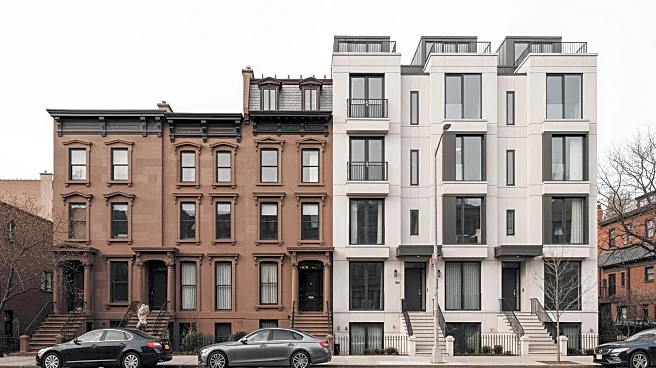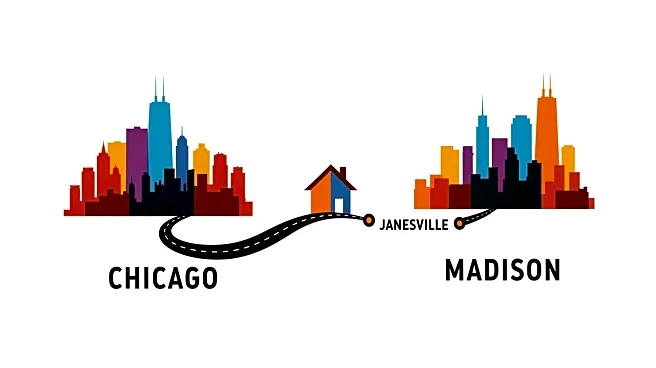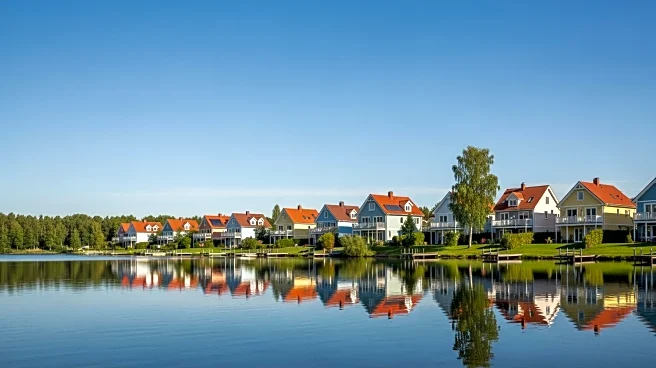What's Happening?
A significant number of New York City residents are looking to purchase homes in Philadelphia, driven by the rising cost of living and high home prices in New York. According to data compiled by Stacker using cross-market demand statistics from Realtor.com,
New York City accounts for 50.5% of the views for Philadelphia homes. This trend is part of a broader movement where individuals from various metropolitan areas are considering relocation to more affordable regions. The scarcity of homes on the market nationwide has kept prices elevated, despite a slowdown in sales over the past year. Online house hunting has become a crucial tool for homebuyers, with 97% of them using online platforms to search for homes, as reported by the National Association of Realtors in 2021.
Why It's Important?
The migration of residents from high-cost areas like New York City to more affordable cities such as Philadelphia highlights the impact of rising living costs on housing decisions. This shift could influence the real estate market dynamics in Philadelphia, potentially increasing demand and driving up home prices in the area. For New York City, the exodus of residents seeking lower living costs could affect the local economy, as it may lead to decreased demand for housing and services. Additionally, this trend underscores the broader economic challenges faced by urban areas with high living costs, prompting policymakers to consider measures to address affordability and housing supply issues.
What's Next?
As more residents from high-cost metros consider relocating to Philadelphia, the city may experience increased pressure on its housing market. Local government and real estate stakeholders might need to address the potential rise in demand and ensure adequate housing supply to accommodate new residents. Additionally, cities like New York may need to explore strategies to retain residents, such as improving affordability and expanding housing options. The ongoing trend of relocation could also prompt further analysis of regional economic impacts and adjustments in urban planning to accommodate shifting population dynamics.
Beyond the Headlines
The movement of residents from high-cost areas to more affordable cities could have long-term implications for urban development and regional economies. It may lead to changes in demographic compositions, influencing cultural and social dynamics in both the origin and destination cities. Furthermore, this trend could spark discussions on sustainable urban planning and the need for policies that balance economic growth with affordability and quality of life. As cities adapt to these shifts, they may also need to consider the environmental impact of increased urbanization and the importance of maintaining green spaces and infrastructure.













